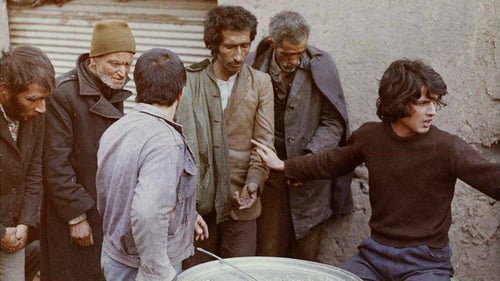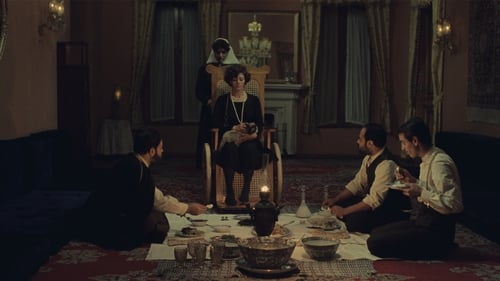
Director of Photography
Kiarostami presents two cases for talking heads to evaluate in terms of morality, rights and responsibilities. Case One: Your son is in class, sitting in the back row. His teacher is writing on the board. A restless student in the back row makes a lot of noise. Not knowing who the culprit is, the teacher makes all the children sitting in the last two rows stay outside of the class until the weekend, unless they tell him who made the noise. After a few days spent outside of the classroom, your son relents and tattles on the boy who made the noise, so he can go back in and continue learning. Was he in the right? Case Two: The other students from the back row wait out the rest of the week outside of the class, before returning. Were they in the right?

Director of Photography
Ali and his father go from their poor neighborhood in the outskirts of the city to a hospital so that Ali's father can be treated for his sickness. However since they have no money, Ali starts to work for Dr. Sameri who deals in blood.

Director of Photography
The story focused on a group of farmers who decide to stand up to their tyrannical landlord by rolling a gigantic stone from the top of a mountain with the intention of smashing his exploitative mills and production facilities to smithereens.

Director of Photography
A young woman is living with her mother at the end of a dead-end street. The young woman notices that a man standing in the street stares into her room every day. After a while, she gets used to his presence and falls in love with him. As the mysterious man slowly enters the girls household and becomes a friend. However the girl finds that the man is a government agent sent to arrest his brother who is a political activist hiding from the government.

Director of Photography
The first lady of a noble house has died and now there is conflict between the remainders for taking over her heritage.

"Fanoos Khiyal", with a brief introduction from illustration in Persian literature to mezzanine in Iranian miniatures and folk paintings, introduces the first camcorder in Iran and shows the first available films. After that, with the development of theaters in Iran, the production of movies begins. Iranian filmmakers in this field have a variety of experiences that result in technical advances and a variety of styles.

Director of Photography
A minimalist study of lonely, isolated existence. Mohamad Sardari has spent thirty years at a remote outpost raising and lowering a gate to keep road traffic from crossing tracks when a train passes. He lives with his wife in an unadorned shack; a few bare trees dot the threadbare landscape.

Cinematography
Based on the true story of the Azari war hero, Satar Khan, during the time of the Constitutional Revolution. The story follows Satar and Heidar as they join another hero Bagher Khan.

Cinematography

Cinematography
Hajir Darioush's first and last commercially successful film, "Bita" is about a young woman's struggle to come to terms with social barriers facing her, starring Googoosh.

Camera Operator
This documentary shows a report from the Persian Oil Company industry in Bandar Genave








